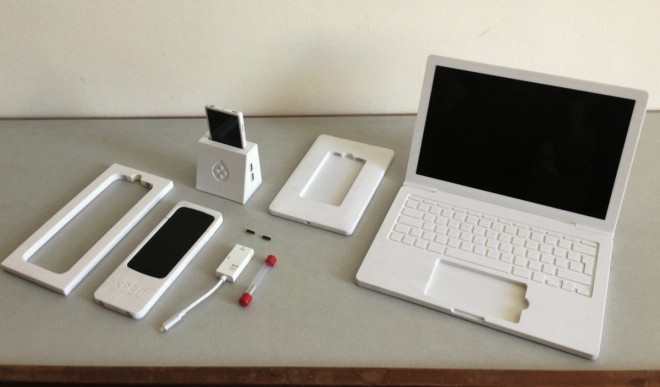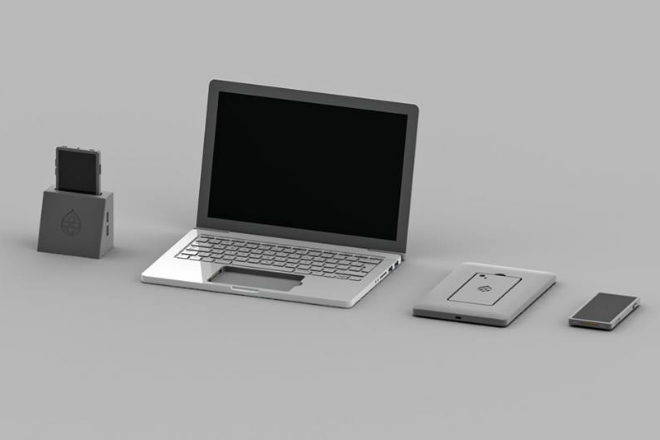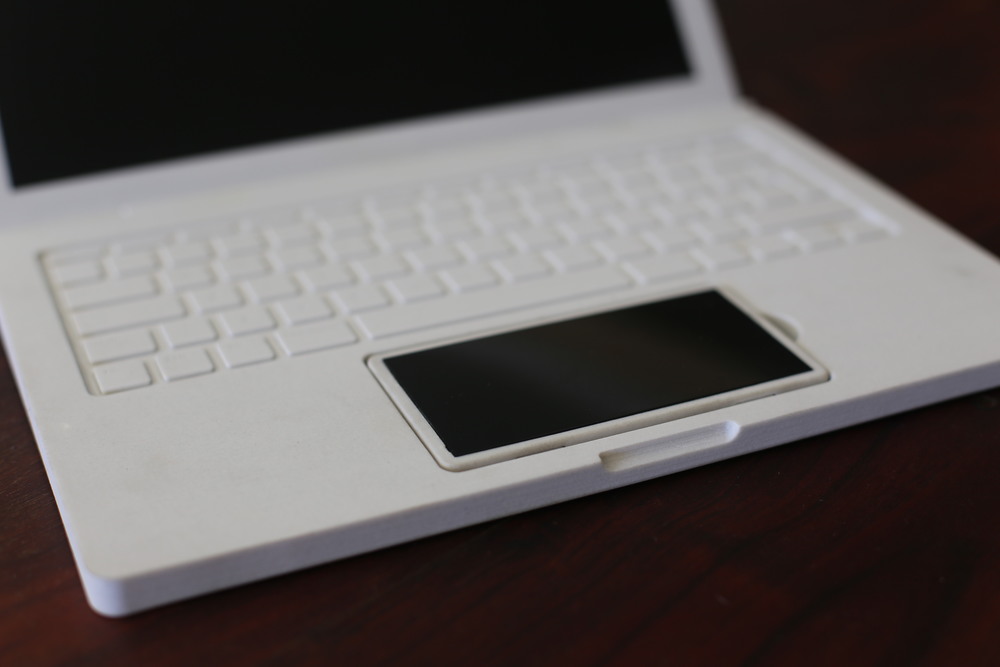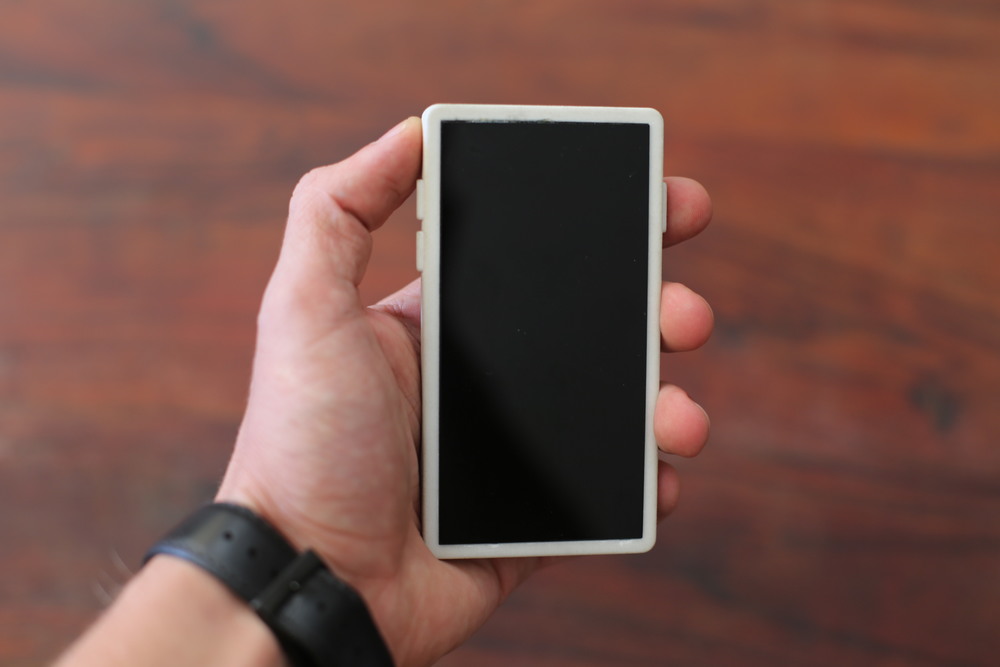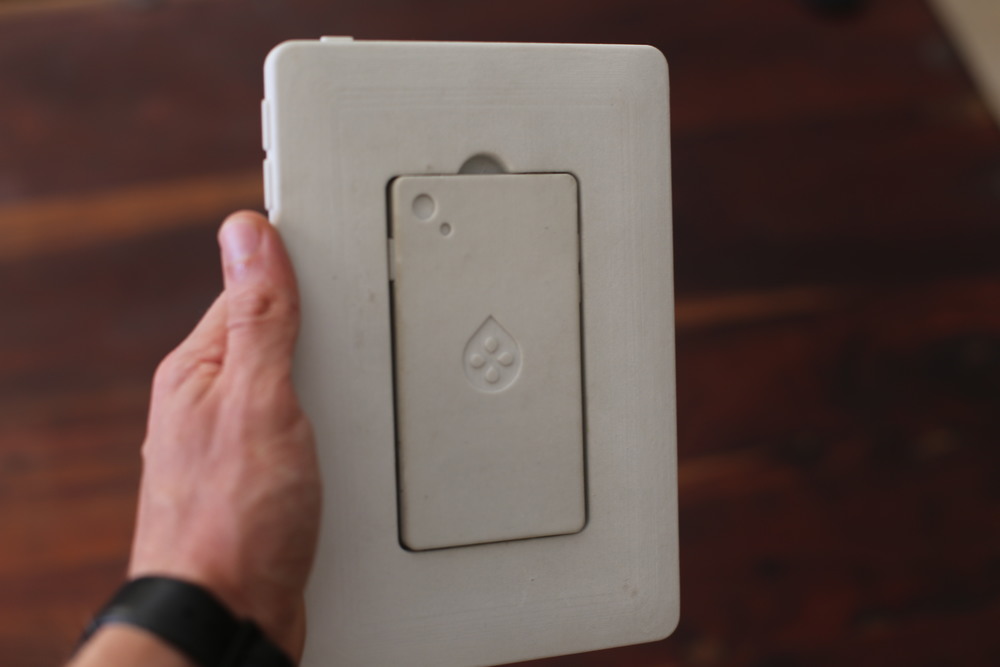[VIDEO] A Smartphone That Transforms Into A Laptop, Tablet, Desktop PC, Even A TV
South Africa-based computer engineering student Nick Rout has designed Seed, a set of mobile and computer devices that are powered by a single smartphone.
A Computer Engineering Student Has Come Up With An Unique Idea To Transform A Smartphone Into Anything From A Laptop, Tablet To Even A Smart TV
Seed Phone offers a unique way to converge multiple devices using a single smartphone.
Image via Nick RoutEven though most people own a laptop, tablet, and cell phone, it’s still not that straightforward to create a streamlined experience across all three. Nick Rout, a computer engineering student from Cape Town, decided to tackle the problem with a range of docking concept devices that center around a single smartphone.
Wanting To Offer A Truly Connected Solution Between A Person’s Multiple Devices, Such As Tablets, Laptops, Desktops, And Even TVs, Nick Rout Developed Seed
In an effort to eliminate the disjointed experience of using multiple devices across different platforms, Nick Rout developed Seed - a range of laptop, tablet, TV and console hub prototypes capable of converging around a single smartphone.
Nick Rout's Seed is an all-new solution that will run on the open source Ubuntu OS, and resolve having to regularly sync data between devices, or storing private information in the cloud.
designtaxi.comNick Says "While Our Devices Are Individually Really Capable, Using Them Together Is Quite Disjointed"
"These devices all have different operating systems. An app might work on one and not another, your files are often scattered across them in an unorganised fashion and settings/preferences differ from device to device," added Nick.
Seed Not Only Aims To Tackle The Problem Of A Disjointed User Experience, It’s An Attempt To Improve On Poor Battery Performance
Having previously relied upon an ad hoc solution of cloud services and portable storage, Rout decided to transform his current smartphone - a Google Nexus 4 - into a range of devices that he designed. In developing prototypes that locally synchronised all of a user's data into one multipurpose device, Rout also sought to overcome a number of other tech-related problems that modern devices encounter.
The ones he identified with the most included poor battery performance, the high cost of owning a whole set of devices and the ever-growing concern of data security.
The basis of Seed is the processing power and data of a single docked smartphone. Using a powerful processor such as a Qualcomm Snapdragon 805 or an Adreno 420, a 4GB mobile DRAM and 128GB of flash storage, the smartphone docks into a tablet, laptop, desktop PC, or HDTV perfectly with a simple magnetic mechanism.
designtaxi.comFor It To Work, Nick Needs An Operating System That Can Handle Convergent User-Interface Switching
The one thing that Rout still needs to make Seed a reality is an operating system that can handle convergent user-interface switching. As luck would have it, Ubuntu OS has plans to offer that exact functionality at some point in the near future.
"This multi-faceted approach aims to unify the disparate user experience one encounters when hopping from mobile to desktop to tablet and back again," writes Joey-Elijah Sneddon, editor of OMGUbuntu.
The success of Seed will therefore likely depend heavily on the success of this new operating system, unless a significant contender - like Apple or Microsoft - moves into the space.
androidheadlines.comWhile Seed Is A Similar Concept To The Asus Padfone And Motorola Atrix, None Has Yet Achieved Widespread Commercial Success. Could Seed Be Any Different? Nick Rout Seems To Think So.
"The devices only offered convergence between two form factors and the docks they created were too expensive. Seed aims to change all of this."
